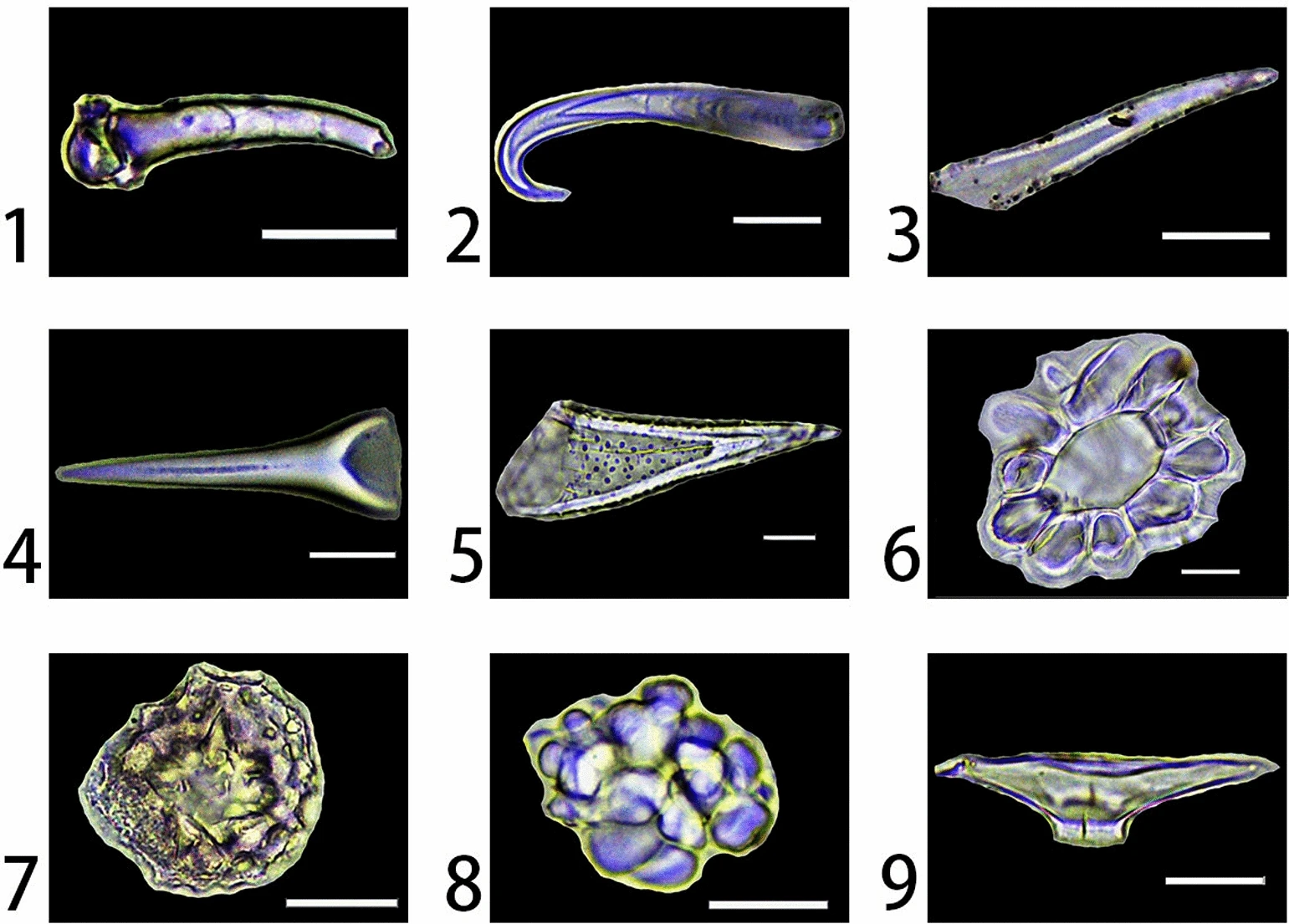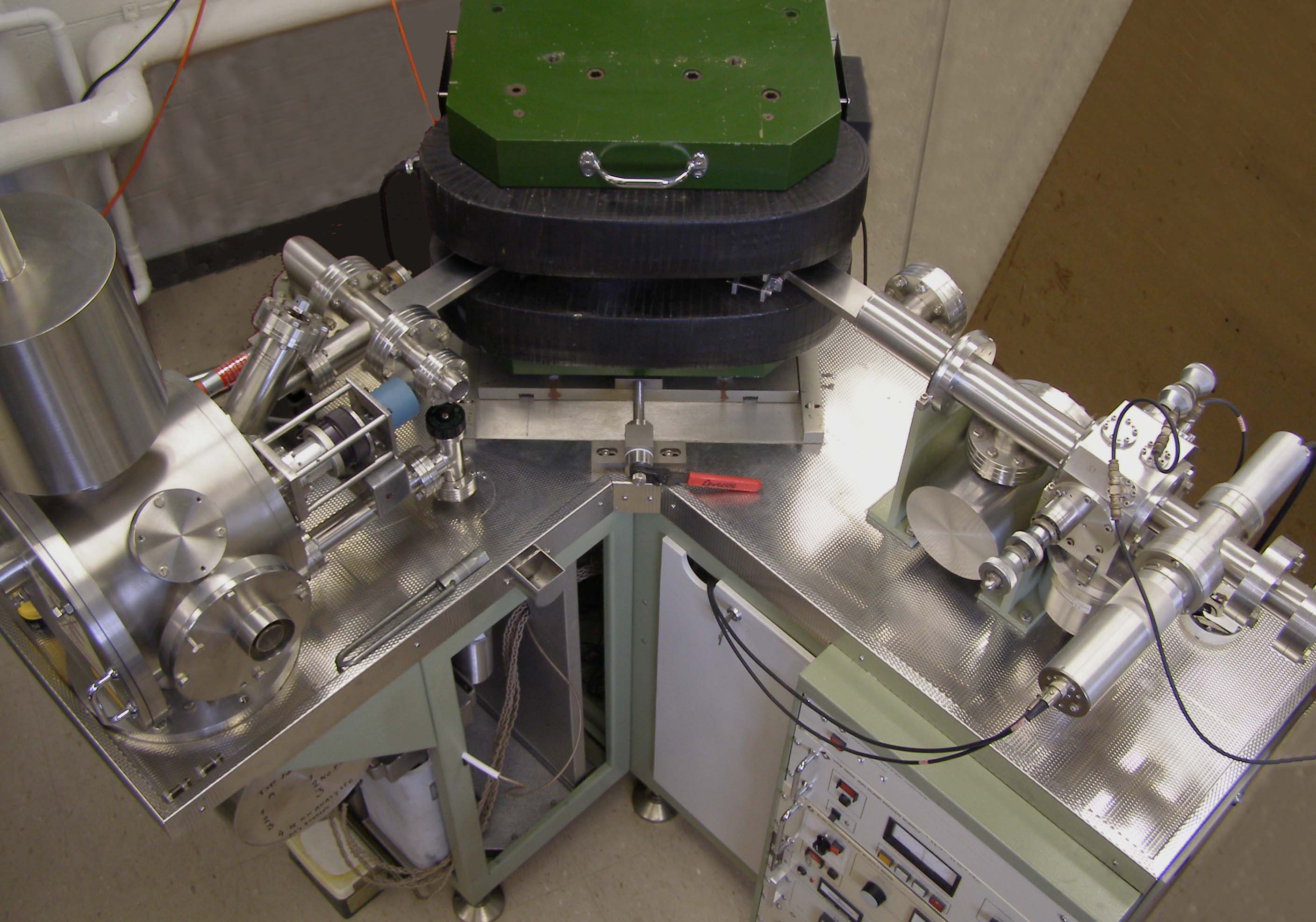|
Archaeobotanical
Paleoethnobotany (also spelled palaeoethnobotany), or archaeobotany, is the study of past human-plant interactions through the recovery and analysis of ancient plant remains. Both terms are synonymous, though paleoethnobotany (from the Greek words ''palaios'' �αλαιόςmeaning ancient, ''ethnos'' �θνοςmeaning race or ethnicity, and ''votano'' �ότανοmeaning plants) is generally used in North America and acknowledges the contribution that ethnographic studies have made towards our current understanding of ancient plant exploitation practices, while the term archaeobotany (from the Greek words ''archaios'' �ρχαίοςmeaning ancient and ''votano'') is preferred in Europe and emphasizes the discipline's role within archaeology. As a field of study, paleoethnobotany is a subfield of environmental archaeology. It involves the investigation of both ancient environments and human activities related to those environments, as well as an understanding of how the two co-evolv ... [...More Info...] [...Related Items...] OR: [Wikipedia] [Google] [Baidu] |
International Work Group For Palaeoethnobotany
The International Work Group for Palaeoethnobotany (IWGP) is an informal, international collective of archaeobotanists, with the main goal of establishing and maintaining international communication and collaboration by a series of conferences. These conferences focus mainly, but not exclusively, on the study of plant macrofossils in order to reconstruct past subsistence, trade, construction, ritual, and the environment. Origins The idea of an international group focussed on human-plant interactions originated at the 7th International Congress of Prehistoric and Protohistoric Sciences in 1966, by the researchers Maria Hopf, Klaus-Dieter Jäger, Maria Follieri, Emanuel Opravil, Zdeněk Tempír, Árpád Patay, and Jane Renfrew, in discussion with Fatih Khafizovich Bakhteev, Moisej Markovič Jakubziner, and Willem van Zeist. The first meeting in 1968 consisted of 12 people and took place at Kačina, near Prague. The meeting was termed the Internationale Arbeitsgemeinschaft f� ... [...More Info...] [...Related Items...] OR: [Wikipedia] [Google] [Baidu] |
Phytolith
Phytoliths (from Greek language, Greek, "plant stone") are rigid, microscopic mineral deposits found in some plant tissues, often persisting after the decay of the plant. Although some use "phytolith" to refer to all mineral secretions by plants, it more commonly refers to Silicon dioxide, siliceous plant remains. Phytoliths come in varying shapes and sizes. The plants which exhibit them take up dissolved silica from the groundwater, whereupon it is deposited within different intracellular and extracellular structures of the plant.Piperno, Dolores R. (2006). Phytoliths: A Comprehensive Guide for Archaeologists and Paleoecologists. AltaMira Press . The silica is absorbed in the form of orthosilicic acid, monosilicic acid (Si(OH)4), and is carried by the plant's Circulatory system, vascular system to the cell walls, cell lumen, and intercellular spaces. Depending on the plant Taxon, taxa and soil condition, absorbed silica can range from 0.1% to 10% of the plant's total dry weight ... [...More Info...] [...Related Items...] OR: [Wikipedia] [Google] [Baidu] |
Starch
Starch or amylum is a polymeric carbohydrate consisting of numerous glucose units joined by glycosidic bonds. This polysaccharide is produced by most green plants for energy storage. Worldwide, it is the most common carbohydrate in human diets, and is contained in large amounts in staple foods such as wheat, potatoes, maize (corn), rice, and cassava (manioc). Pure starch is a white, tasteless and odorless powder that is insoluble in cold water or Alcohol (chemistry), alcohol. It consists of two types of molecules: the linear and helix, helical amylose and the branched amylopectin. Depending on the plant, starch generally contains 20 to 25% amylose and 75 to 80% amylopectin by weight. Glycogen, the energy reserve of animals, is a more highly branched version of amylopectin. In industry, starch is often converted into sugars, for example by malting. These sugars may be fermentation, fermented to produce ethanol in the manufacture of beer, whisky and biofuel. In addition, sugars ... [...More Info...] [...Related Items...] OR: [Wikipedia] [Google] [Baidu] |
Acacia
''Acacia'', commonly known as wattles or acacias, is a genus of about of shrubs and trees in the subfamily Mimosoideae of the pea family Fabaceae. Initially, it comprised a group of plant species native to Africa, South America, and Australasia, but is now reserved for species mainly from Australia, with others from New Guinea, Southeast Asia, and the Indian Ocean. The genus name is Neo-Latin, borrowed from Koine Greek (), a term used in antiquity to describe a preparation extracted from '' Vachellia nilotica'', the original type species. Several species of ''Acacia'' have been introduced to various parts of the world, and two million hectares of commercial plantations have been established. Description Plants in the genus ''Acacia'' are shrubs or trees with bipinnate leaves, the mature leaves sometimes reduced to phyllodes or rarely absent. There are 2 small stipules at the base of the leaf, but sometimes fall off as the leaf matures. The flowers are borne in spik ... [...More Info...] [...Related Items...] OR: [Wikipedia] [Google] [Baidu] |
Western Australia
Western Australia (WA) is the westernmost state of Australia. It is bounded by the Indian Ocean to the north and west, the Southern Ocean to the south, the Northern Territory to the north-east, and South Australia to the south-east. Western Australia is Australia's largest state, with a land area of , and is also the List of country subdivisions by area, second-largest subdivision of any country on Earth. Western Australia has a diverse range of climates, including tropical conditions in the Kimberley (Western Australia), Kimberley, deserts in the interior (including the Great Sandy Desert, Little Sandy Desert, Gibson Desert, and Great Victoria Desert) and a Mediterranean climate on the south-west and southern coastal areas. the state has 2.965 million inhabitants—10.9 percent of the national total. Over 90 percent of the state's population live in the South-West Land Division, south-west corner and around 80 percent live in the state capital Perth, leaving the remainder ... [...More Info...] [...Related Items...] OR: [Wikipedia] [Google] [Baidu] |
Little Sandy Desert
The Little Sandy Desert (LSD) is a desert region in the state of Western Australia, lying to the east of the Pilbara and north of the Gascoyne regions. It is part of the Western Desert cultural bloc, Western Desert cultural region, and was declared an Interim Biogeographic Regionalisation for Australia, interim Australian bioregion in the 1990s. History Indigenous Australians, Indigenous groups that have identified with the region include the Mandilara, an Aboriginal Australian group who are regarded as the traditional owners of the land. Today the group recognised as traditional owners are the Martu people. The desert is crossed by the Canning Stock Route, an historic stock route created in the early 20th century. Description The Little Sandy Desert covers around and adjoins the Great Sandy Desert (, to the north) and the Gibson Desert (, to the east), all of which lie within the huge Australian Arid Zone which covers the centre of the Australian continent. It lies east of ... [...More Info...] [...Related Items...] OR: [Wikipedia] [Google] [Baidu] |
Ecological Resilience
In ecology, resilience is the capacity of an ecosystem to respond to a perturbation or Disturbance (ecology), disturbance by resisting damage and subsequently recovering. Such perturbations and disturbances can include stochastic events such as fires, flooding, windstorms, insect population explosions, and human activities such as deforestation, fracking of the ground for oil extraction, pesticide sprayed in soil, and the Introduced species, introduction of exotic plant or animal species. Disturbances of sufficient Magnitude (mathematics), magnitude or duration can profoundly affect an ecosystem and may force an ecosystem to reach a Ecological threshold, threshold beyond which a different regime of processes and structures predominates. When such thresholds are associated with a critical or bifurcation theory, bifurcation point, these regime shifts may also be referred to as critical transitions. Human activities that adversely affect ecological resilience such as loss of biodiv ... [...More Info...] [...Related Items...] OR: [Wikipedia] [Google] [Baidu] |
Isotope Analysis
Isotope analysis is the identification of isotopic signature, abundance of certain stable isotopes of chemical elements within organic and inorganic compounds. Isotopic analysis can be used to understand the flow of energy through a food web, to reconstruct past environmental and climatic conditions, to investigate human and animal diets, for food authentification, and a variety of other physical, geological, palaeontological and chemical processes. Stable isotope ratios are measured using mass spectrometry, which separates the different isotopes of an element on the basis of their mass-to-charge ratio. Tissues affected Isotopic oxygen is incorporated into the body primarily through ingestion at which point it is used in the formation of, for archaeological purposes, bones and teeth. The oxygen is incorporated into the hydroxylcarbonic apatite of bone and tooth enamel. Bone is continually remodelled throughout the lifetime of an individual. Although the rate of tur ... [...More Info...] [...Related Items...] OR: [Wikipedia] [Google] [Baidu] |
Cranberry Or The Devil?
Cranberries are a group of evergreen dwarf shrubs or trailing vines in the subgenus ''Oxycoccus'' of the genus ''Vaccinium''. Cranberries are low, creeping shrubs or vines up to long and in height; they have slender stems that are not thickly woody and have small evergreen leaves. The flowers are dark pink. The fruit is a berry that is larger than the leaves of the plant; it is initially light green, turning red when ripe. It is edible, but has an acidic taste. In Britain, ''cranberry'' may refer to the native species ''Vaccinium oxycoccos'', while in North America, ''cranberry'' may refer to ''Vaccinium macrocarpon''. ''Vaccinium oxycoccos'' is cultivated in central and northern Europe, while ''V. macrocarpon'' is cultivated throughout the northern United States, Canada and Chile. In some methods of classification, ''Oxycoccus'' is regarded as a genus in its own right. Cranberries can be found in acidic bogs throughout the cooler regions of the Northern Hemisphere. ... [...More Info...] [...Related Items...] OR: [Wikipedia] [Google] [Baidu] |
Post-processual Archaeology
Post-processual archaeology, which is sometimes alternatively referred to as the interpretative archaeologies by its adherents, is a movement in archaeological theory that emphasizes the subjectivity of archaeological interpretations. Despite having a vague series of similarities, post-processualism consists of "very diverse strands of thought coalesced into a loose cluster of traditions". Within the post-processualist movement, a wide variety of theoretical viewpoints have been embraced, including structuralism and Neo-Marxism, as have a variety of different archaeological techniques, such as phenomenology. The post-processual movement originated in the United Kingdom during the late 1970s and early 1980s, pioneered by archaeologists such as Ian Hodder, Daniel Miller, Christopher Tilley and Peter Ucko, who were influenced by French Marxist anthropology, postmodernism and similar trends in sociocultural anthropology. Parallel developments soon followed in the United States. Init ... [...More Info...] [...Related Items...] OR: [Wikipedia] [Google] [Baidu] |
Processual Archaeology
Processual archaeology (formerly, the New Archaeology) is a form of archaeological theory. It had its beginnings in 1958 with the work of Gordon Willey and Philip Phillips, ''Method and Theory in American Archaeology,'' in which the pair stated that "American archaeology is anthropology, or it is nothing" (Willey and Phillips, 1958:2), a rephrasing of Frederic William Maitland's comment: "My own belief is that by and by, anthropology will have the choice between being history, and being nothing." The idea implied that the goals of archaeology were the goals of anthropology, which were to answer questions about humans and human culture. This was meant to be a critique of the former period in archaeology, the cultural-history phase in which archaeologists thought that information artifacts contained about past culture would be lost once the items became included in the archaeological record. Willey and Phillips believed all that could be done was to catalogue, describe, and create ... [...More Info...] [...Related Items...] OR: [Wikipedia] [Google] [Baidu] |







